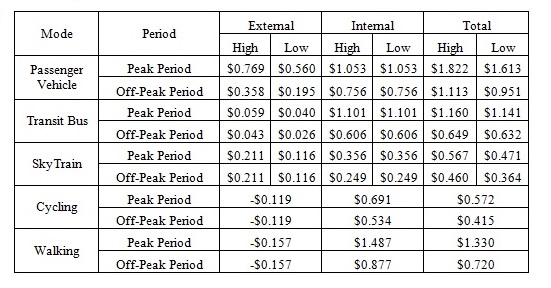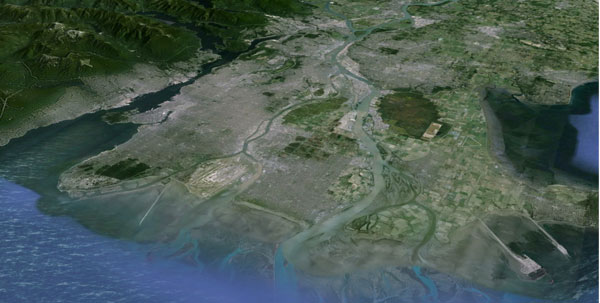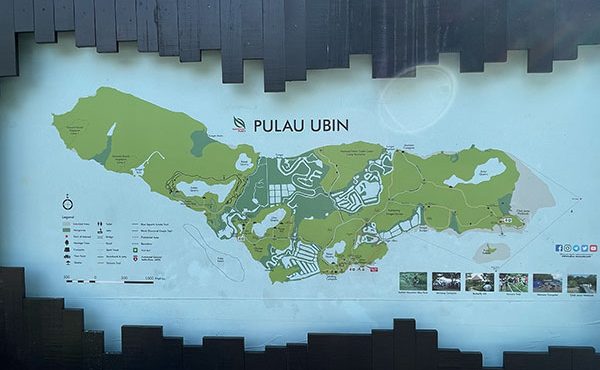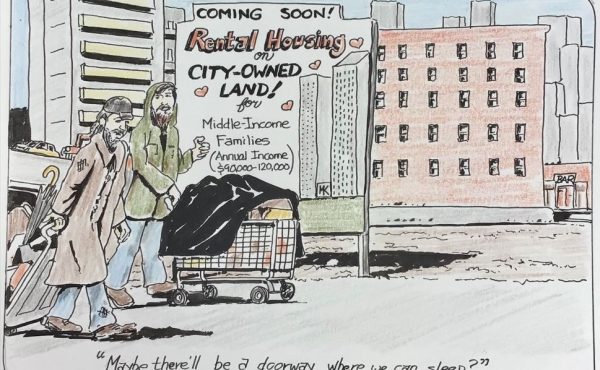
[EDITOR’S NOTE: We are please to offer our readers the second part of George Poulos’ in-depth series focusing on the Comprehensive Costs of Transportation and Metro Vancouver (CCT). If you missed past articles, you can read them here: Introduction, and Part 1 – Costs and Benefits of Transportation in Vancouver (Part 1).]
Undoubtedly one of the liveliest issues of debate within the region today is the future state of transit investment. In the past, this debate has often centered on one technology versus another, or in prioritizing future projects. However, a much more all-encompassing question can be found in the form of the impending transit referendum, which essentially asks the question of whether or not expanding transit services in the region merits the cost. The answer that I would return is that, not only would it be worth an investment in future transit expansion, but it is absolutely essential that transit capacity keep pace with growth in the region.
While it would be easy to imagine the subsequent logjams on our roads, the unit rates illustrated in Table 1.0 below allow us to put a price on this potential outcome. We can frame this calculation by using the City of Vancouver in the present day, as an example. Owing to the tight geography, foresighted land use and transportation policies, and the fact that large-scale freeways were never implemented in the downtown peninsula, Vancouver enjoys a relatively balanced overall mode share. As one of many consequences, the overall demands on the city’s road network have not yet reached its “functional” capacity.

However, what would trip-making in present day Vancouver look like had these decisions not been made? We can make a safe guess by considering what happens when a city’s trip-making activity outgrows the “functional” capacity of its roads. This doesn’t necessarily imply a “carmageddon” scenario, but it does mean that a city’s roads become as full as they will ever get, and the remainder of trips must be accommodated by alternatives. We can find proof of this in places such as Singapore, Manhattan Island, or the old City of Toronto.
Considering that in Vancouver in 2011, approximately 202,428,699 utilitarian (i.e. non recreational) trips were made by non-auto modes (accounting for approximately 38% of such trips), even a subset of these trips undertaken by car would mean enough extra vehicle kilometres travelled (VKT) to completely oversaturate Vancouver’s road network.
Indeed, historic trends in Vancouver indicate a continually decreasing rate of growth in total VKT (i.e. tending towards a flat line), while at the same time indicate steadily increasing growth rates in walking, cycling, and transit use. This means that if these alternatives were not assuming the majority of new trips, the gross yearly increase in trip making (which increases each year) would necessarily have found their way onto the roads and slowly filled them towards capacity.
That this does not happen is a credit to many factors. It also means we can make an estimate of how much money is saved by averting this otherwise certain eventuality. Consider what external transportation costs in the City of Vancouver would be if the roads had, in fact, reached the limits of their capacity over time (again, requiring only a fraction of those trips presently averted by other modes).
Of course, under this scenario there would still be walking, cycling, and transit options available, only that these modes would not be as well developed as a consequence of, for example, not investing in these alternatives to keep pace with growth. After making a correction for trips averted by walking and cycling, we can further isolate those savings derived by the bus system and Skytrain ridership in Vancouver. This can be done using a “cost differential”, or the difference in external cost per passenger kilometer between passenger vehicles and each transit mode.
To this end, we can say that in 2011 in Vancouver, the bus and the Skytrain system delivered savings to society of between approximately $412 million and $780 million. Put another way, without this reduction, total yearly external transportation costs in the City of Vancouver would have increased by 32% to 38%. These savings were derived from averted costs; accidents that didn’t happen, delay saved through reduced congestion, pollution that was never emitted, and the like. As high as these saving are, they are still limited to only those considered for the City of Vancouver. It can, therefore, be safely said that across the region, not only do Translink’s present day operations (among other alternatives), keep the roads operable for all of us, but deliver savings to society well into the billions each year.
In the interest of fairness, it would be too simple to give the credit entirely to the notion of good transit options, itself. As it is well known by many, land use and transportation cannot be divorced from one another, and these results must be considered together with the great efforts made to build areas of high density/mixed use in Vancouver and in many other places across the region.
Either way, it is in this relationship that the prime takeaways for the region can be gleaned. In a way, we can consider the present state of transportation activity in Vancouver (mode shares, preferences, amenities, etc.) to be a window into the future for other rapidly growing parts in the region (I’m looking at you “South of the Fraser”).
In other words, Vancouver today may represent a potential future for those areas anticipated to accommodate much of the region’s growth over the future. On the one hand, it could end up that these areas plan their future communities around multimodal transportation and receive funding for all necessary transit services – in which case it would not be unreasonable to expect strong and trending growth in non-auto mode shares. On the other, they could find themselves falling behind the curve, unable to manage the inevitable growth in trip-making through non-auto modes – all the while forfeiting substantial savings and tending towards road network failure, as well as a series of other unsustainable outcomes.
While the figures provided by this calculation demonstrate the tremendous benefits that transit services in Vancouver provide to society, the truer message has been to show that these benefits were only possible because the City of Vancouver was able to manage growth while it was happening, by providing high-quality alternatives – which in many ways was the fulfillment of long-term transit planning recommendations.
The lessons for decision makers are therefore plain. The anticipated growth in the region will require not merely an investment in high-quality transit, but a timely one that is able to completely manage growth together with appropriate land-use practices. Failure to provide the requisite transit capacity will mean a cost to society of hundreds of millions of dollars (and counting) each year – a fact that also dispels the mistaken belief that withholding investments in transit will somehow save money.
Join us next Monday, when we look at the business case for active transportation…..
***
Just in case you missed earlier pieces of The Comprehensive Costs of Transportation and Metro Vancouver
**
George Poulos, EIT, MSCP is a transportation engineer-in-training as well as a recent Masters graduate of the School of Regional and Community Planning (SCARP) at UBC. He has previously worked for consulting engineers on a variety of transportation and municipal projects. Originally from Ontario, he currently lives in Vancouver.




